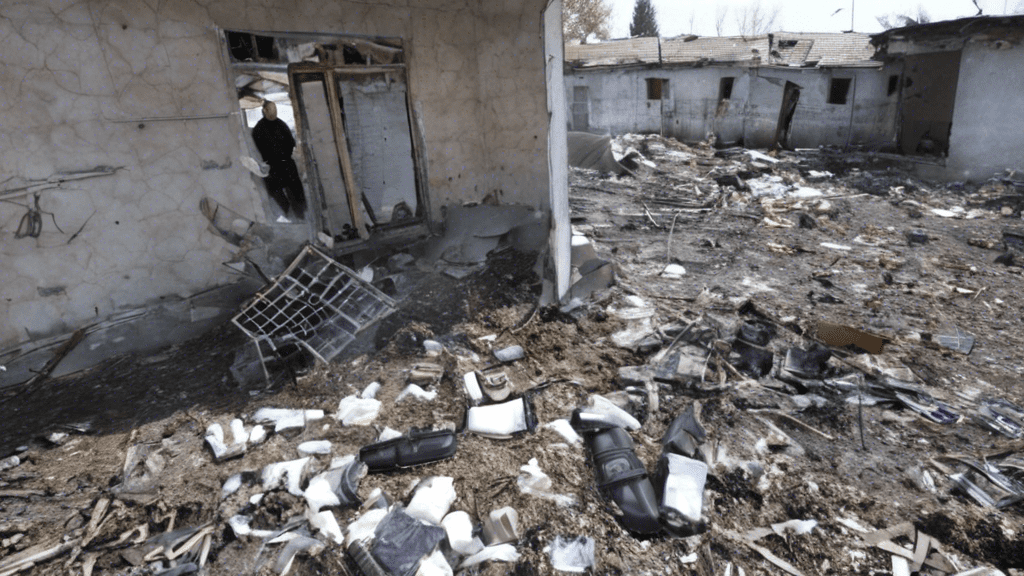The ongoing drone attacks amid the Russia-Ukraine war are as intense as ever, especially with recent developments. On November 26, 2024, Russia launched its most significant drone assault yet, deploying nearly 200 drones aimed at various Ukrainian cities. This marked a disturbing escalation in the conflict, adding another layer of complexity to an already dire situation.
Defensive Measures and Civilian Impact
Despite the massive scale of the drone attack, Ukraine’s defense systems managed to intercept a substantial number of the incoming threats. Reports indicate that out of over 100 drones, 88 were successfully shot down, while 41 fell victim to ongoing countermeasures. Sadly, this incident resulted in one fatality and eight injuries, underscoring the relentless danger that civilians face amidst these aerial assaults.
This trend of drone warfare isn’t just a fleeting tactic. Since September, Russian forces have continued to launch repeated waves of attacks, targeting not just military objectives but also critical civilian infrastructure. The consequences have been dire, particularly for Ukraine’s energy network, which has suffered extensive damage affecting at least 13 regions, including the capital, Kyiv. This situation has led to widespread blackouts, leaving over a million people without power.
Humanitarian Crisis and International Law
The ramifications of these drone strikes go beyond the immediate casualties and damage. The targeted attacks on energy infrastructure have ignited concerns for vulnerable populations—older adults, those with disabilities, and internally displaced persons are particularly at risk. Essential services such as water supply, transportation, and heating are increasingly jeopardized, plunging many into a humanitarian crisis.
Moreover, these systematic drone strikes raise serious questions regarding Russia’s adherence to international humanitarian law. The principles of distinction, precaution, and proportionality seem to be consistently overlooked, leading to an escalation in civilian suffering. As countries around the globe closely monitor this situation, it remains evident that the humanitarian implications are dire and far-reaching.
In response to these ongoing threats, several nations have stepped up their military assistance to Ukraine, providing crucial support. Canada, for instance, has donated a NASAMS system, while Sweden is helping fund the production of long-range missiles and drones within Ukraine. The UK has also contributed by delivering additional Storm Shadow cruise missiles, demonstrating a significant commitment to Ukraine’s defense.
As the conflict evolves, it’s clear that Russia continues to innovate its military strategies. They are testing new technologies, including flamethrower drones aimed at countering Ukrainian defenses. However, the practical effectiveness of such tools remains questionable. The involvement of countries like North Korea, which has been supplying troops and weaponry to Russia, adds another intriguing layer to this conflict, prompting emergency diplomatic responses from NATO and other international players.
